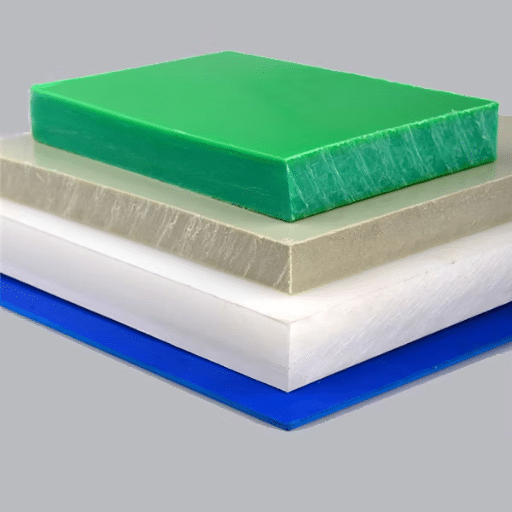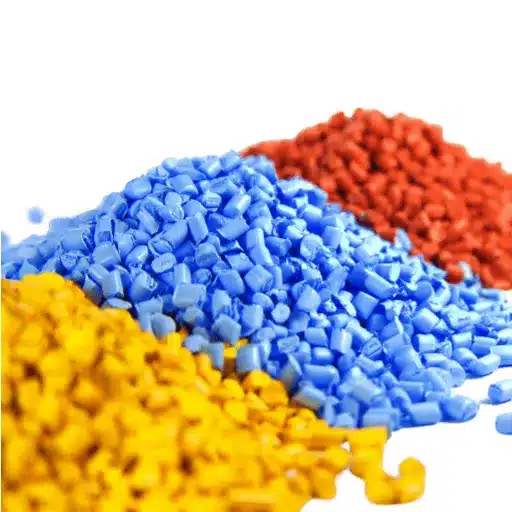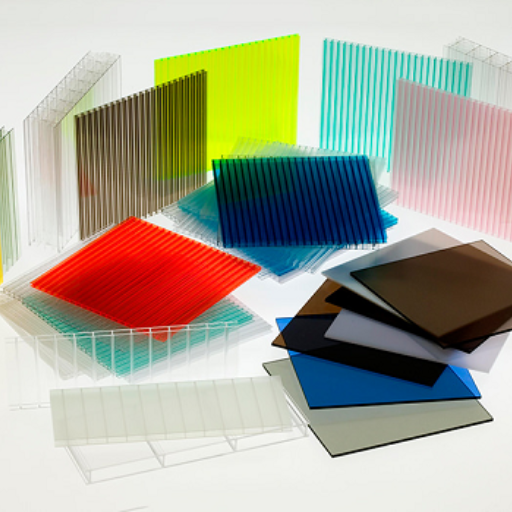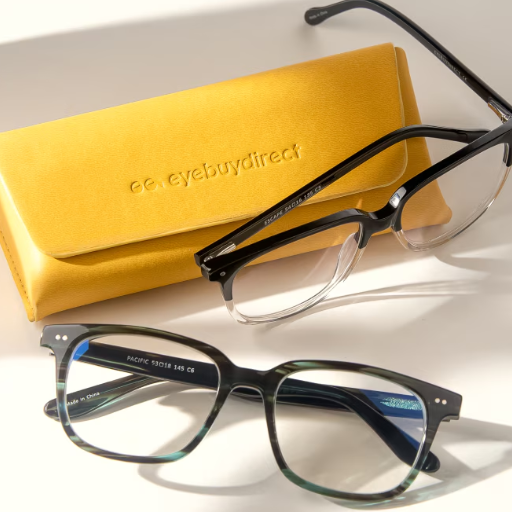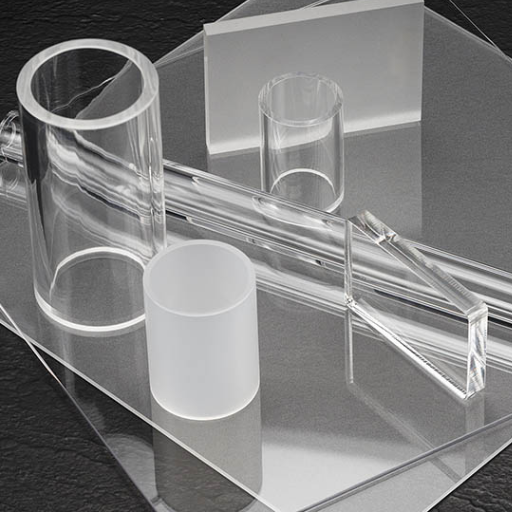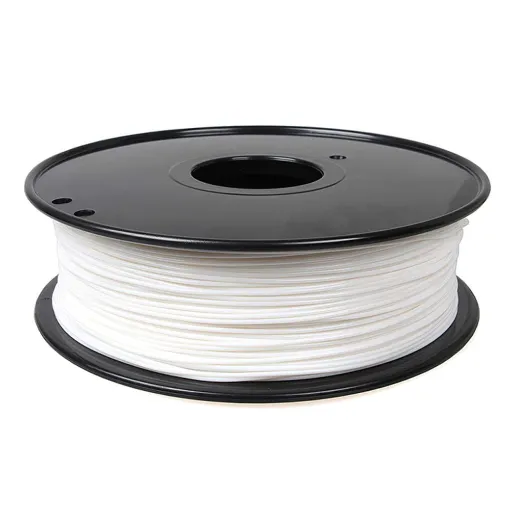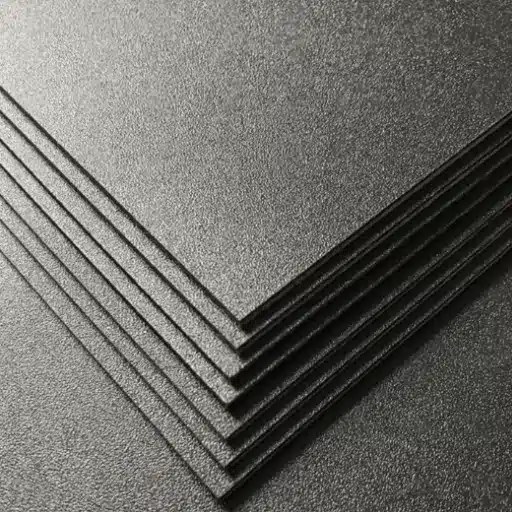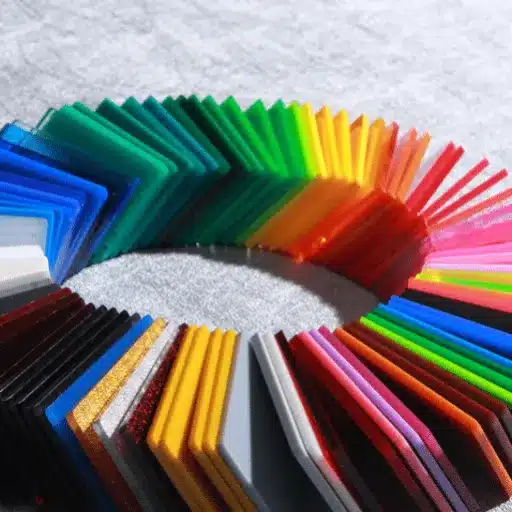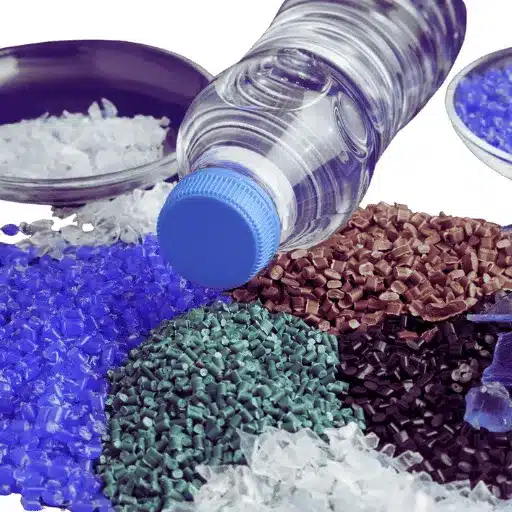Acetal, or POM, is considered an engineering plastic largely because it commands respect for its strength and durability and precise application. How does it fare in 3D printing? If your inquisitiveness has wondered about working with POM filaments in the 3D printing arena, then you have landed at the appropriate stop. This guide will cover all you want to know about acetal 3D printing from its unique chemical and physical properties and advantages to some essential tips and tricks to get you going. Whether you are an advanced maker or just starting out, this post will be unlocking POM filament’s potential further, taking your projects to new heights of strength and reliability.
What is POM Filament?
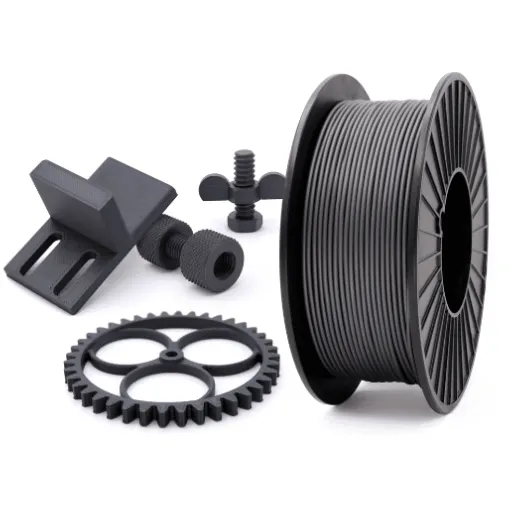
Definition and Properties of POM
Polyoxymethylene (POM, sometimes called acetal and Delrin) is a high-performance thermoplastic with excellent mechanical properties and very low friction coefficients. This plastic has high stiffness, maintains its dimensions well, wears well, and is chemical resistant. Thus, it is very useful in industrial applications where solvents, oils, and a host of sensual chemicals are common.
🔬 Key Properties of POM:
- High Stiffness: Maintains structural integrity under load
- Excellent Dimensional Stability: Retains precise measurements over time
- Superior Wear Resistance: Ideal for moving parts and high-friction applications
- Chemical Resistance: Withstands exposure to oils, solvents, and chemicals
- Wide Temperature Range: Performs reliably from -40°C to 120°C
The thermal stability, on the other hand, lets it perform well between temperatures -40°C and 120°C, making it a versatile subject in a lot of projects. Due to all these characteristics, this POM filament is an excellent choice for making durable components such as gears, bushings, and mechanical parts when it comes to 3D printing.
Differences Between POM and Other Filaments
POM filament, commonly referred to as polyoxymethylene or acetal, quite distinguishes itself from more popularly used 3D printer filaments such as PLA, ABS, and PETG. Perhaps one of the more outstanding differences lies in the strength and durability of this plastic: it gives very much industrial application for components requiring performance.
| Material | Key Characteristics | Best Use Cases |
|---|---|---|
| POM | High strength, low friction, excellent wear resistance, chemical resistant | Gears, bushings, industrial parts, precision components |
| PLA | Easy to print, biodegradable, low strength, poor heat resistance | Prototypes, decorative items, beginner projects |
| ABS | Good strength, prone to warping, requires heated bed | Functional parts, cases, automotive components |
| PETG | Good balance of strength and ease of printing, moderate chemical resistance | Mechanical parts, containers, outdoor applications |
⚠️ Important Considerations for POM:
- Requires careful handling with an adequate heated bed and enclosed chamber
- High sensitivity to thermal gradients during printing
- More mechanically stable than PETG with better precision tolerances
- Higher price point and complex printing setup compared to beginner materials
This is going to explain some of the differences through which POM really shines and is specialized to meet special demanding applications wherein accuracy and durability are needed.
Applications of POM in 3D Printing
POM (Polyoxymethylene), commonly known as acetal, sees its uses in 3D printing mainly when applications call for high mechanical strength, low friction, and high dimensional stability. Hence POM is used in production of functional parts like gears, bushings, and bearings or components that move in any kind of machinery. Its excellent wear and tear with self-lubricating properties makes them especially suitable in the cases when the parts are subjected to high frictional force or mechanical stress over a time period.
Primary Application Areas:
- Mechanical Components: Functional parts like gears, bushings, bearings, and moving machinery components that require low friction and high wear resistance
- Industrial Manufacturing: Custom jigs, fixtures, and precision tools for manufacturing processes in automotive, robotics, and aerospace industries
- Prototyping: Small-scale production parts and prototypes that need to meet mechanical and durability specifications
- Medical Applications: Healthcare parts such as surgical instruments, clips, and dental devices (due to biocompatibility and chemical resistance)
Technical Note: POM requires 3D printers to be calibrated very precisely, as this plastic can warp depending on the settings and requires exact temperatures. The solutions to this problem nowadays include the use of heated print beds, enclosed chambers, and adhesion techniques.
Types of POM Filament
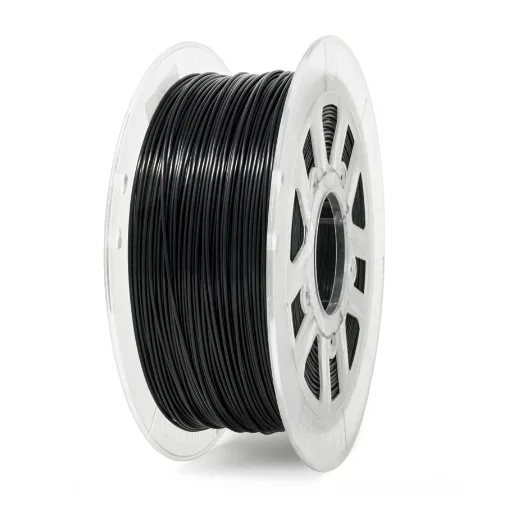
Delrin Filament: Features and Applications
Delrin filament is a special type of POM known for being a very good mechanical property class with many uses. Being the strongest, toughest, and lowest-friction material ever known, it is basically applied in industries which require a high-performance material. Delrin exhibits excellent wear resistance, chemical stability, and dimensional accuracy; therefore, it is used to fabricate gears, bearings, and other precision-engineered components.
✨ Delrin Advantages:
- Superior mechanical properties for high-performance applications
- Excellent wear resistance and chemical stability
- Self-lubricating properties require less maintenance
- Can be machined after printing for customization
- Dimensional accuracy for precision-engineered components
Together with recent successes in technology and materials, 3D printing has now increased the usability of Delrin filament. With modern-day equipment outfitted with heated print beds and enclosed printing areas, smooth and strong prints can be created with more ease. All these advantages create a very strong case to recommend Delrin for engineers, designers, and manufacturers looking for tough and quality output.
POM 1.75mm or 3mm?
POM 1.75mm filament is compared, amongst other factors, for printing compatibility, precision, and flow rate. Being considered by a lot of users as the more precise one with smoother extrusion, POM 1.75mm filament allows the finer control needed for intricate designs and detailed prints.
| Diameter | Advantages | Best For |
|---|---|---|
| 1.75mm | More precise, smoother extrusion, finer control for intricate designs, wider printer compatibility | Modern 3D printers, detailed prints, intricate designs |
| 3mm | Faster flow rate, better for large prints, more durable feed mechanism | Older printers, industrial-grade machines, large or less detailed works |
Recommendation: Trend-wise and from various user discussions, the 1.75mm filament can surely be tagged as the most popular and most-versatile one, with the highest printer support. However, it depends on the need of every project and every printer’s specifications.
Comparing POM with PLA and Nylon
In contrast to these materials, each having certain characteristics that far better its application, POM offers extraordinary resistance to wear and tear with excellent lubrication properties. Hence POM is a highly sought-after material for precision parts: gears, bearings, etc.
Material Comparison Summary:
- PLA: Biodegradable, cheap, extremely easy to use on any 3D printer, but lacks strength and heat resistance for demanding applications. Best for beginners and non-functional prints.
- Nylon: Offers high strength and flexibility, fit for industrial applications such as mechanical components or functional prototypes. Growing in popularity due to need for toughness and versatility.
- POM: Specialized for precision engineering needs with durability and excellent wear resistance. Best for precision parts requiring low friction and high dimensional stability.
Based on the latest search trends, PLA had seen the most interest since it is accessible and can be used on any 3D printer. Nylon-related searches seem to be growing once more, perhaps because of the need for toughness and flexibility. Searches for POM remain focused since they are largely associated with more specialized engineering needs. Choosing among these materials will depend heavily on your requirements.
3D Printing with POM Filament
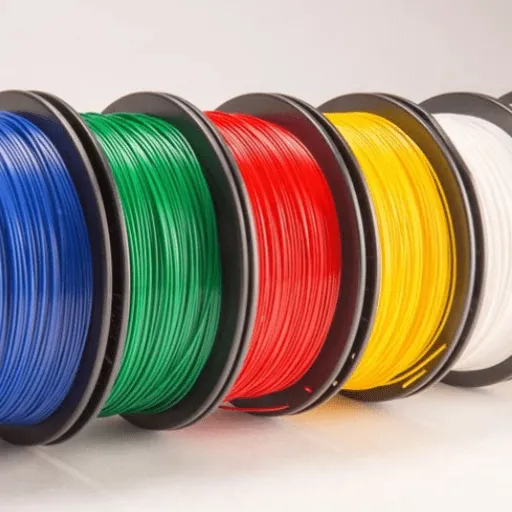
Setting Up Your 3D Printer for POM
For any 3D printer to print with POM filament, hardware and environmental conditions must be prepared optimally for success. Recent trends in searches show growing interest in exact setup techniques for printing with POM, thus implying its growing need in areas of specialization requiring great accuracy and durability.
🔧 Essential Setup Requirements:
- Heated Bed Temperature: Set between 100-120°C for optimal adhesion and to prevent warping
- Enclosed Build Chamber: Maintain controlled temperature environment to avoid thermal gradients
- Build Plate Adhesion: Apply PVA glue or use specialized build plates to enhance adhesion
- Nozzle Temperature: Extrude between 220-240°C (always consult manufacturer guidelines)
- Ventilation: Ensure proper airflow as POM fumes may be detectable during printing
⚠️ Safety Warning: POM fumes may be detectable during printing, so ventilation is a must. Perfect setup followed by guidelines derived from both community and search-wise expertise should work best with POM for your engineering applications.
Ideal Printing Conditions for POM Filament
Expert review of 3D printers combined with new updates from search engines would reveal the most important factors in successful printing with POM filament: info on temperature control, bed adhesion, and ventilation.
| Parameter | Recommended Setting | Purpose |
|---|---|---|
| Nozzle Temperature | 220°C – 240°C | Ensures proper melting and flow |
| Heated Bed Temperature | 100°C – 120°C | Maintains print adhesion and prevents warping |
| Print Surface | Kapton tape or PVA adhesive | Boosts adhesion and minimizes warping |
| Environment | Enclosed chamber with ventilation | Temperature control and fume management |
All these measures, therefore, ensure safety and quality for any engineering-grade print. A surface treatment using either kapton tape or an adhesive coating of PVA can boost adhesion and minimize warping. Since POM gives off some fumes on printing, working in a well-ventilated room or inside an enclosed printer equipped with an air filtration system would be highly recommended.
Common Problems When Printing with POM
Even for experienced 3D designers and printers, Polyoxymethylene presents a real challenge. Understanding these common issues and their solutions is essential for successful POM printing.
🔍 Common Issues & Solutions:
1. Warping
Cause: Conflicting cooling scenarios created during extrusion
Solution: Maintain equal temperature on the bed, keep it warm, and use an enclosed chamber
2. Poor Layer Adhesion
Cause: POM has very low surface energy
Solution: Use compatible adhesives or specialized treatments to the print bed surface
3. Stringing
Cause: Inappropriate settings of retraction
Solution: Proper adjustment of retraction at the nozzle can drastically reduce filament strings
4. Under-Extrusion or Overheating
Cause: Extrusion temperature outside specified range
Solution: Ensure printer temperature is within 220°C-250°C range
So, performing all the required preparations, choosing the appropriate parameters, and maintaining a controlled environment during printing all serve as a preventive measure for many such issues.
Choosing the Right POM Filament
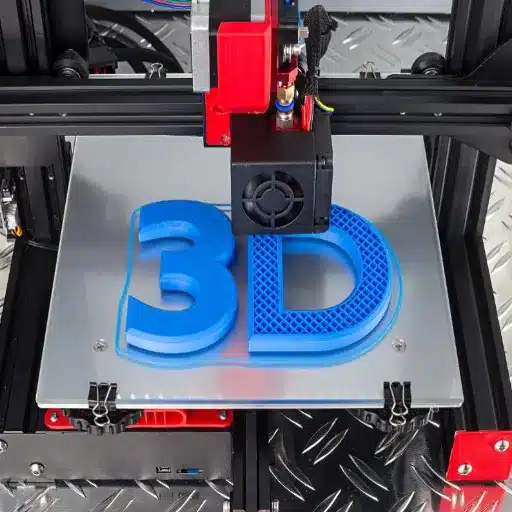
Factors to Consider When Selecting POM Filament
For any POM (Polyoxymethylene) filament based construction, there are a few essential factors that need to be taken into consideration to optimize performance and application for your project in 3D printing:
📋 Essential Selection Criteria:
1. Filament Quality and Purity
High-quality POM filament would ensure higher adhesion from layers and give greater durability to the object being printed. Search for reputable manufacturers for filaments that assure a uniform composition of materials and minimum impurities.
2. Diameter Consistency
Check out the diameter tolerance. An inconsistent diameter (generally 1.75 mm or 2.85 mm) will cause feeding problems and will not be extruded evenly and smoothly throughout the print.
3. Thermal Requirements
POM filaments usually require certain printing temperatures of between 220°C and 250°C. Check that your 3D printer is equipped to meet these thermal requirements, mainly relating to the nozzle and heated bed.
4. Print Bed Adhesion
There is something called POM that has low surface energy; this makes it somewhat troublesome to adhere to the print bed. Either look for compatible build surfaces or adhesion aids like glue stains or exotic adhesives to combat warping.
5. End-Use Properties
Checking the physical characteristics of POM filament involves strength, stiffness, wear, and chemical resistance. This material is suited for functional prototype work, gears, or engineering work that requires control over durability.
Market Insight: Consumer reports and search trends continuously put POM filaments in the upper echelon for industrial and functional printing usages. The growing emphasis of customers on quality and ease of use makes filaments that combine performance and reliability even more important.
POM Filament Featuring Best Brands: A Review
There are several big brands for POM filament, selected according to user reviews, performance, and search trends. These brands built their image through their products that maintain a good competitive balance between performance, compatibility, and cost, placing them squarely on the wish list of any professional or hobbyist.
⭐ Top POM Filament Brands:
eSUN
Most well-known brand, synonymous with high-quality filaments capable of high mechanical strength and durability.
Taulman3D
Popular choice for industrial uses, setting itself apart in performance engineering and versatility of filaments.
Polymaker
Recognized for its fresh thinking and the reliability of its filaments.
Cost Considerations: POM Filament 1kg and 1.75mm
In the back-breaking days of existence and scheduling POM filament by the standards of a 1kg spool, of 1.75mm diameter, prices differ according to the manufacturer, quality, and location of the source.
💰 Price Range Overview:
| Category | Price Range (per kg) | Characteristics |
|---|---|---|
| Budget Options | $40 – $50 | Lesser-known brands, potential compromise on performance |
| Premium Options | $60 – $70 | Better-known brands, consistency, durability, superior results |
Important Note: You must consider the cost against compatibility with your 3D printer and, most importantly, application. Premium products offered by the better-known brands justify their price by insisting on consistency, durability, and print results.
Best Practices for Using POM in 3D Printing
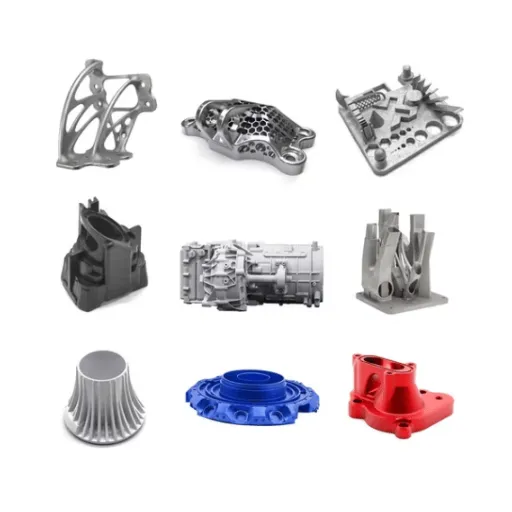
Understanding POM Materials: Post-Processing Techniques
One can describe post-processing techniques for the POM (Polyoxymethylene) prints as ones that contribute to their durability, precise finish, and cleaning due to the slippery nature and strong constitution of the raw material.
🛠️ Post-Processing Methods:
1. Sanding
The widely accepted method for smoothing rough edges. Start with fine grit and progress to finer grit for best results. Working methodically will deliver a good finish to the surface.
2. Heat Treatment
Can be employed to strengthen the material and relieve internal stresses. Care must be taken to ensure the part does not become deformed due to POM’s sensitivity to high temperatures.
3. Chemical Polishing
Applications calling for a surface even smoother might consider chemical polishing, wherein acetone or a similar chemical wiping solution is used. While POM does not dissolve as easily as other types of plastic, some solvents may cause a faint polishing effect.
4. Painting and Surface Treatment
POM prints can be cleaned, primed if required, and finished off by painting or another surface treatment, softened by particular handling methods that ensure maximum usability and aesthetic beauty of POM-printed parts.
⚠️ Safety Reminder: Safeguard your health with good ventilation when using chemicals. Needless to say, proper protective equipment should always be worn during post-processing operations.
Storage and Handling of POM Filament
Proper storage and handling of POM (Polyoxymethylene) filament will assure its quality and performance at the time of printing. Moisture can cause issues like inconsistent extrusion, insufficient layer adhesion, and weak mechanical properties.
✓ Storage Best Practices Checklist:
- ✓ Store in an airtight container containing desiccants to maintain a dry environment
- ✓ Use vacuum-sealed storage bags to extend filament storage life
- ✓ Avoid subjecting filament to intense sunlight or high temperatures
- ✓ Always check for moisture absorption signs (bubbling or hissing during printing)
- ✓ If needed, dry POM filament in a filament dryer or oven at recommended temperature
With proper storage and handling, the filament retains the strength of POM and can produce results of consistent quality.
Comparative Advantages of Using POM in 3D Printing
POM (polyoxymethylene), commonly referred to as acetal, possesses a unique combination of properties that render it extremely desirable in the 3D printing realm for numerous applications.
| Advantage | Description | Applications |
|---|---|---|
| Strength-to-Weight Ratio | Offers strength and rigidity without compromising lightweight properties | Gears, bearings, precision parts |
| Wear Resistance & Low Friction | Excellent wear resistance and low friction coefficient | Long-term mechanical stress applications |
| Dimensional Stability | Does not deform with heat and maintains stable geometry | Parts with tight tolerances, engineering prototypes |
| Chemical Resistance | Withstands attacks by oils, solvents, and weak acids | Aggressive casting environments, industrial applications |
Key Consideration: If one is to print using POM, careful attention must be paid to the melting point, higher than most common polymers, and the material’s warping tendencies as it cools. Those issues can be dealt with by using a heated print bed and an enclosed print chamber while employing suitable adhesion methods. Yet, with those few considerations, POM has a lot going for it in strength, performance, and reliability.
Compared to materials like PLA or ABS, POM offers more durability and functionality, especially for use in end parts. In fact, this material makes excellent choices for professionals in the domain of 3D printing looking for higher-end solutions.
Frequently Asked Questions (FAQ)
How do POM and PLA stack up against one another in 3D printing?
While PLA is considered a first choice for beginners because of its easy printability and low printing temperatures, POM filament offers better mechanical properties such as impact resistance and dimensional stability. PLA being biodegradable may be printed safely without ventilation; however, POM might release small quantities of formaldehyde fumes; hence, it must be used under good ventilation. With POM, the recommended printing temperature can go as high as 230 degrees Celsius while with PLA lower ranges are used; hence, for an easy print job, PLA is the way to go, whereas POM should be tackled for functional pieces that demand durability and precision.
Can POM filament work on a heated bed?
Yes, POM filament can be printed on a heated bed, which greatly aids adhesion and reduces warping during the printing process. A heated build surface is particularly necessary with POM since it provides a better layer bond, especially while printing bigger parts. The POM recommended printing temperature is around 230°C, and having uniform temperature on the print bed would also grant a higher ability to print. Proper selection of bed surfaces is essential so that the prints do not stick improperly leading to a complete failure of printing.
What makes the use of POM filament difficult in the 3D printing process?
The filaments are used widely as a 3D print material because of the many qualities of POM. On the other hand, it also confronts 3D-printing difficulties. One of the larger difficulties consists of the tendency of POM to warp, mostly in larger models. Compatible printer settings such as a heated chamber, proper hotend temperature calibrations, and others would be vital for the printing process. The other concern is that POM degradation increases with overheating, and smaller amounts of formaldehyde gas may be released; thus, good ventilation is essential. Users would be wise to experiment with various settings beforehand to achieve the best possible results.
What is the recommended temperature to print POM filament?
Typically, the print temperature for POM filament recommended is around 230°C. That higher temperature ensures the material properly melts and flows during its processing phases. However, the hotend temperature could vary according to the brand name of the POM filament used—the best way forward always being to consult the manufacturer’s instructions. Additionally, a heated bed does help adhesion greatly and prevents warping—another huge problem faced while printing with POM. For best results, users should also check on the calibrations of the 3D printer and prepare print bed surfaces accordingly.
Conclusion
POM filament represents a significant step up from standard 3D printing materials, offering engineering-grade performance for applications that demand precision, durability, and reliability. While it presents challenges in terms of printing difficulty and setup requirements, the mechanical properties and functional advantages it delivers make it an invaluable material for serious makers, engineers, and manufacturers.
From its exceptional wear resistance and low friction coefficient to its dimensional stability and chemical resistance, POM stands out as the material of choice for creating gears, bushings, bearings, and other precision mechanical components. The key to success lies in understanding the material’s unique requirements—proper temperature control, adequate adhesion solutions, enclosed printing environments, and careful post-processing.
As 3D printing technology continues to advance and more manufacturers develop high-quality POM filaments, the accessibility and usability of this remarkable material will only improve. Whether you’re prototyping industrial components, creating functional end-use parts, or pushing the boundaries of what’s possible in 3D printing, POM filament offers the performance characteristics needed to take your projects to the next level.
📚 Reference Sources
<ulstyle=”margin: 0; padding-left: 25px; color: #444; font-size: 16px; line-height: 1.8;”>
- Harvard ADS – Investigation and Feasibility of Printing Polyoxymethylene: Discusses the use of POM in additive manufacturing and its feasibility in fused filament fabrication (FFF). Source
- MIT – Hot Filament Chemical Vapor Deposition of POM: Explores the use of POM films in advanced manufacturing processes, including their advantages in creating sacrificial layers. Source
- Georgia Tech – Fused Filament Fabrication (FFF): Provides insights into the FFF process, which is commonly used for POM filament applications in prototyping and manufacturing. Source






